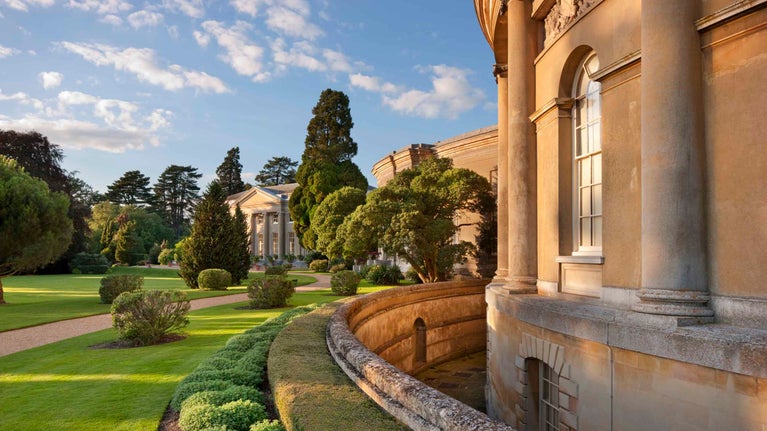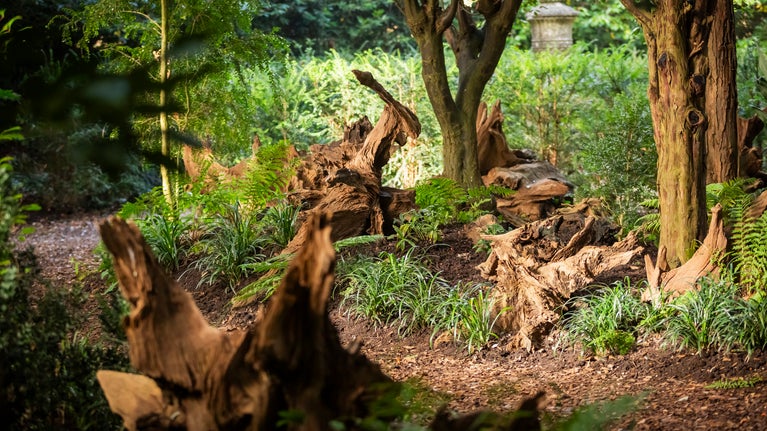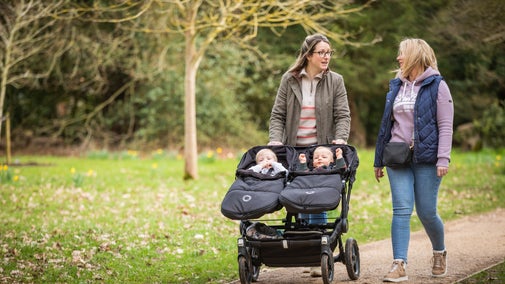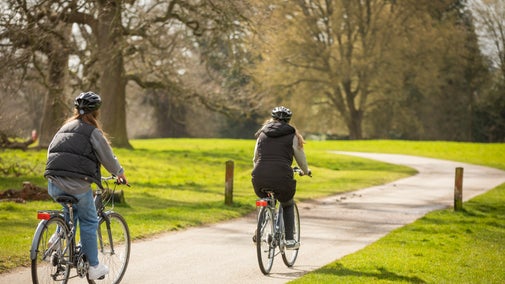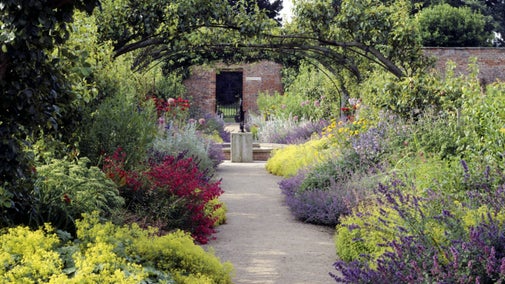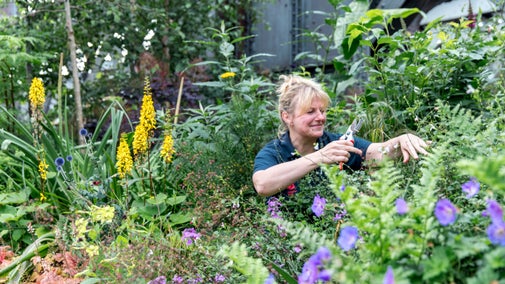Always growing
The gardens at Ickworth reflect the changing times of the estate. The Stumpery was created by the garden team and adds a dash of Victorian mystery to the present day. The stumps belong to trees that were uprooted during the Second World War, when fields were sown to ‘Dig for Victory’.
Their gnarled roots nestle amongst the ferns and provide a shady spot that’s a perfect habitat for wildlife. In the Temple Garden, with its classical summerhouse and Mediterranean-style planting, you'll find a refreshing 21st-century spin on Ickworth’s Italianate theme.
A labour of love
The design of the gardens may be restrained, but they express the Herveys' devotion to home and family. The 1st Marquess included his children in designing the gardens and named many walks after them and other relatives.
Lady Geraldine’s walk, which weaves through carpets of snowdrops and aconites in the spring, is named after the 3rd Marquess’s wife. She took great pleasure ambling along its pathways while she was pregnant.
The 4th Marquess loved nothing more than to don his old clothes and dig up thistles. The Herveys cherished the freedom they had in their gardens, and carefully maintained them for future generations.


